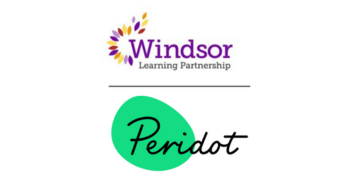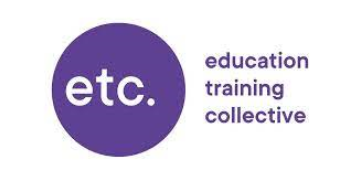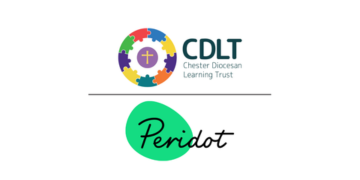Three key ideas about oracy (or what I prefer to call simply spoken language) are worthy of attention in teacher professional learning.
A tool for thinking and learning
Schools under pressure to raise scores on standardised assessments may feel that they cannot devote time to developing classroom talk; but good quality talk (or dialogue) can enhance children’s learning and raise achievement across the curriculum, including on standardised tests.
Dialogue is talk that stimulates thinking, makes it public and helps children to develop and refine this important skill. To foster dialogue in the classroom, teachers need a repertoire of talk moves.
However, harnessing the power of talk for learning requires more than a shift in interactional style; there must be a corresponding shift in perspective, from valuing a correctly stated ‘right answer’ to valuing the thinking process itself.
Pupils should be encouraged to elaborate their thinking using whatever language they find most comfortable. For many, this will be their local dialect. For most, it will involve hesitation, half-formed statements and the occasional use of ‘like’.
Dialogic teaching requires teachers to use their professional judgement to balance the different dimensions of dialogue; there is no ‘best practice’ approach.
Variation is a resource
It is often assumed that there is a ‘correct’ way to speak. However, speech is always situated within specific contexts and interactions. Thus, what counts as ‘good’, ‘standard’ or ‘acceptable’ spoken language will vary between situations, groups, and over time.
This variation is a resource that we can exploit. The national curriculum emphasises that children should consider the distinction between formal and informal contexts when making choices about appropriate vocabulary and grammatical structures. Research has shown that they do this, shifting towards more standardised language in more formal contexts, regardless of their social background or attainment level.
But the meaning potential of spoken language extends beyond formality. In my research in Teesside, I found that nine-year-olds used dialect forms alongside standardised alternatives, deciding when one or the other was most relevant. Their language choices were largely unconscious, but they were purposeful and meaningful.
Understanding the impact of our language choices gives us control, enabling us to use language actively in order to create the atmosphere in the room, mark a change in the nature of our relationship with others and present ourselves in different ways.
Teachers can empower pupils by helping them to explore their language choices and abilities, and by engaging in dialogue with pupils about how their language repertoires draw on and relate to other languages and varieties.
Critical language awareness matters
Children are socialised from a young age that there is only one ‘correct’ or ‘best’ way to speak (ie. the standardised English associated with white, upper- and middle-class speakers). Some may consequently have internalised negative views about their own language and abilities.
Teachers can help them to overcome the negative consequences of this (such as lack of confidence, or the belief that they are ‘not good enough for college’) by including critical language awareness (CLA) as a core part of their language education.
Through CLA, teachers and pupils understand that language is never neutral; it is saturated in relations of power and dominance and implicated in social inequalities. The idea of a spoken ‘standard’ emerged around 200 years ago and was defined in relation to the speech of the highest classes in London and those who attended prestigious public schools.
Because these were the most powerful people in society, their way of speaking became synonymous with the qualities typically associated with powerful people, such as intelligence and competence.
Unfortunately, these associations endure today. The more we promote standardised English in speech and devalue non-standardised English, the more we reinforce the idea that speaking ‘correctly’ means emulating the speech of white and economically privileged speakers.
We should shift attention away from speakers’ language use and towards listeners’ perceptions, considering how our beliefs about race, class and other speaker characteristics influence what we hear.
This is especially important in education, where teachers’ perceptions of pupils can have an impact on how they interact with them in the classroom and thus can be a barrier to developing productive dialogue for all.
This article is the fifth instalment in a Schools Week serialisation of essays offering perspectives on the remit of the Commission on the Future of Oracy Education in England











In my view, teaching s subject by using its own terminology is crucial. I have seen teachers teach without the correct terminology – and then students struggle when faced with terms like “coefficient” or “mass” as opposed to “weight”. I have seen good practice too – in maths using the White Rose curriculum.
Oh! Not this again! The main focus of one assistant head’s performance management in every school. Hollow. Shallow. And, I have seen this initiative launched 3 times in 2 separate schools in 4 years of teaching. What next…the return of Alistair Smith? Dual coding? Ha aha!